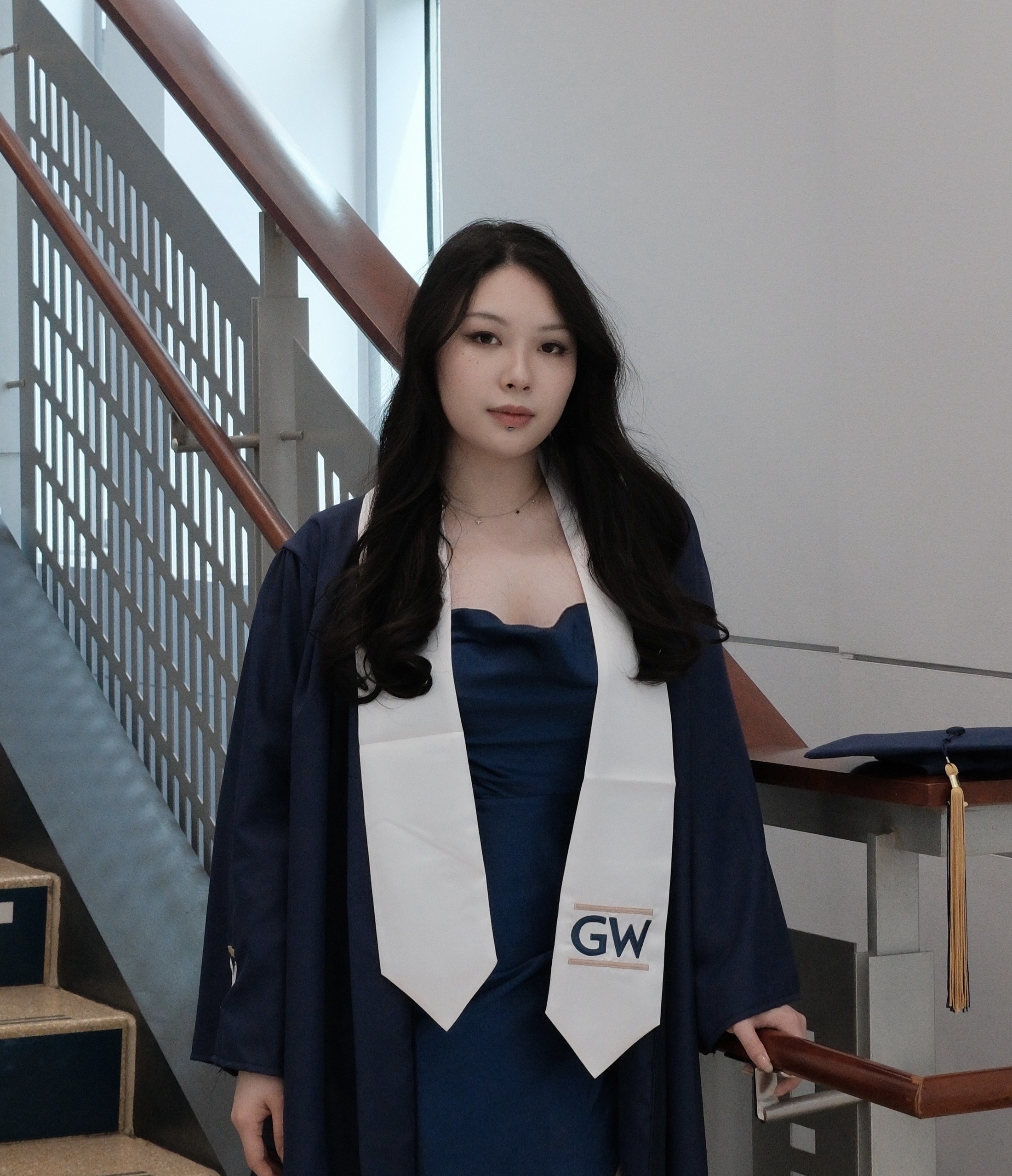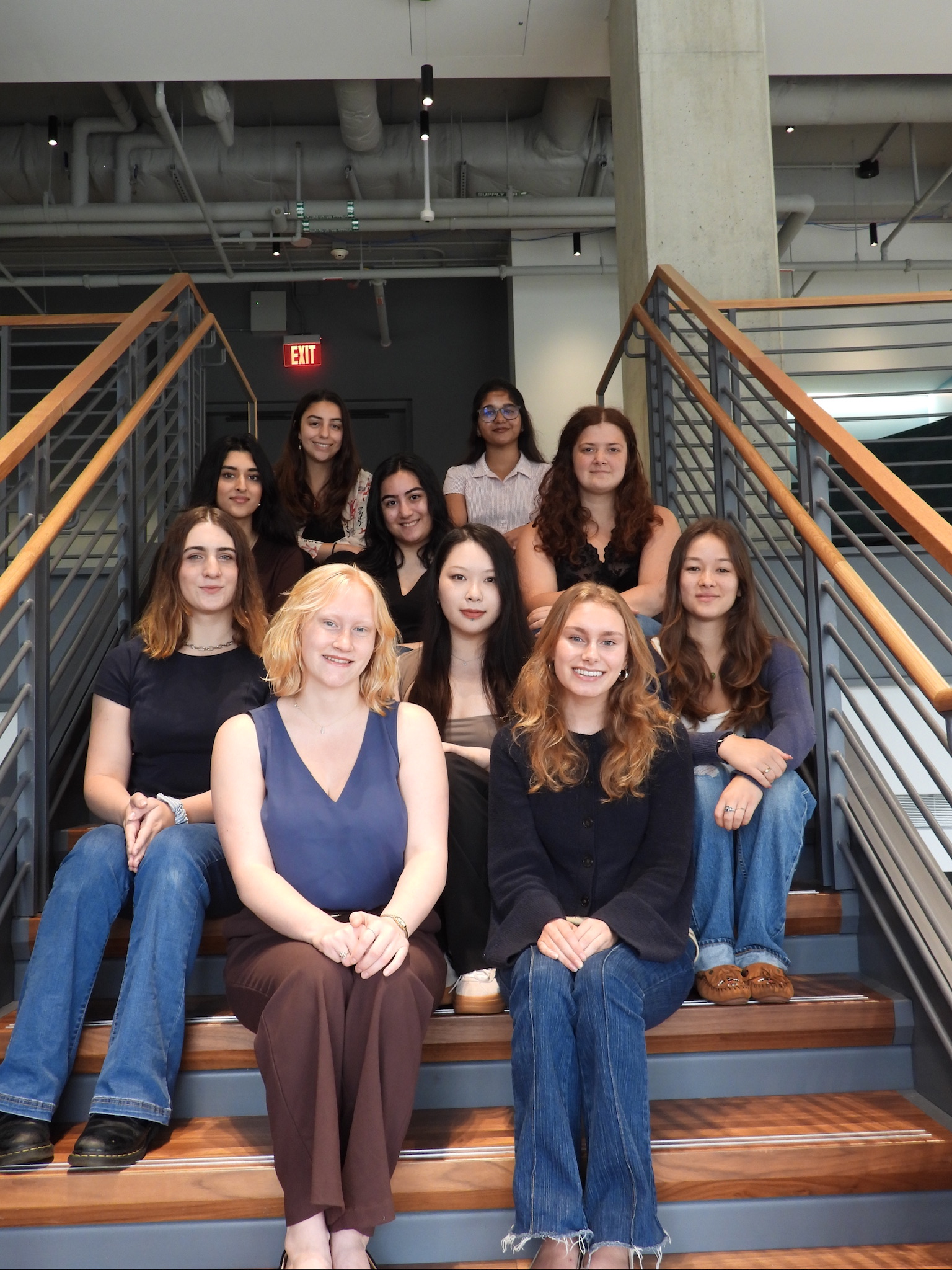One of the most valuable parts of the APS experience was the chance to design a peacebuilding project from scratch. This is a valuable opportunity to challenge ourselves to think both creatively and pragmatically in order to build something, step by step, that could work in the real world.
We began by grounding ourselves in the context. Through background readings like First Raise the Flag and meaningful conversations with speakers like Isaac K. Gang, Dr. Tombe, and Ambassador Santino Fardol Watod Dicken, we gained a more profound understanding of the dynamics in South Sudan, in cultural, historical, political, and environmental aspects. Hearing from speakers with lived experience in South Sudan made the issues we are studying feel immediate and personal, not just conceptual. Eventually, we decided on the topic of cattle rustling and limited the geological scope of our project to Jonglei State.
From there, we entered the brainstorming stage. We explored ideas like youth radio, women’s programs, and vocational training, weighing the pros and cons of each option. In the process, we were constantly challenged to think more creatively and pushed ourselves to consider what innovation could look like in a peacebuilding context, for example, how to include a viable and affordable technological element in the peace design.
Once we chose to focus on an apprenticeship model to teach local youth useful skills, we worked on identifying the core problems, distinguishing between the “customer” (in this case, parents and community elders) and the “end user” (local youth aged 14–18),and writing user profiles to understand their priorities and concerns. These distinctions helped guide us toward a solution that would not only make sense on paper but be more likely to succeed in practice. We also spoke with Dr. Davidson about budget and timeline realities, which allowed us to better consider feasibility and affordability. At the same time, we had conversations with local partners that gave us insight into what communities would find meaningful and what challenges and limitations we might not have pictured.
In the later stage of project development, my focus was on writing the context and conflict mapping section. This gave me the opportunity to think through how issues like youth violence, high dowry prices, ethnic tensions, and climate change are all interconnected, and how our vocational training program could create impacts that address multiple layers of those dynamics in the long term. As we finalized the plan, we practiced our pitch, prepared a one-page reading material for the audience, and reflected on what still needed refining.
One of the most helpful concepts we returned to again and again was the “minimum viable product (solution),” the idea that you don’t need to solve every problem at once. We applied this directly when designing the pilot apprenticeship program. Rather than trying to address every vocational need or every form of conflict at once, we chose to start with one trade (construction), one neutral location (a church), and one age group (youth aged 14–18). The goal was to meet a core need effectively, then adapt and expand based on what we learned. We also left room for discussion on certain specifics of the project, such as others skills to be offered by the training program, the rental/purchase plan of equipment, and etc., since we want to take into consideration each community’s own situations and needs, which would require an in-depth, on-the-ground blanket research in the near future.
In the end, the project design process reminded me that peacebuilding is both creative and disciplined. It takes imagination, but also humility and patience. I truly appreciate the experience working with my cohort, who are incredibly thoughtful and cooperative. This project brought us closer to each other, and I feel so lucky to have had the opportunity to learn and grow alongside my peers.

Bohan Chen
2025 APS Participant



